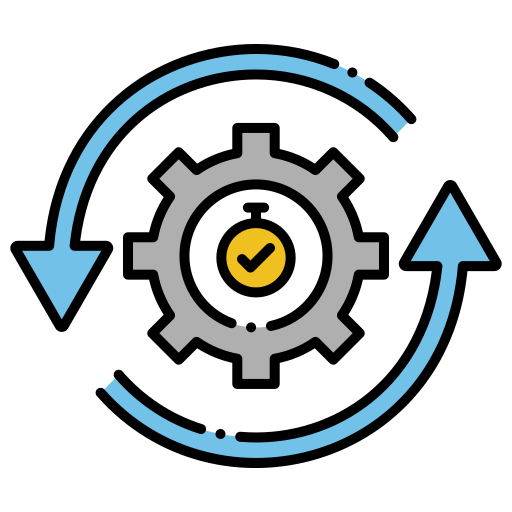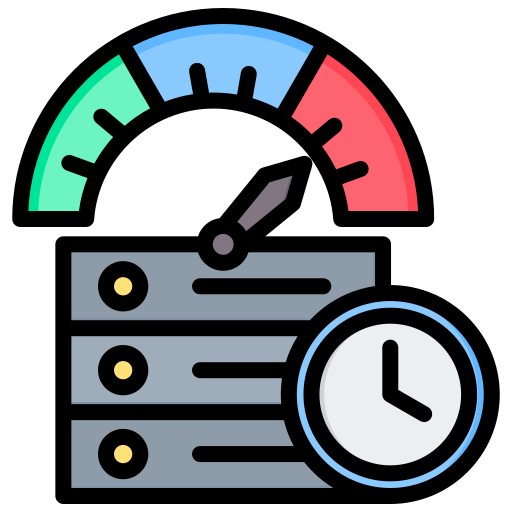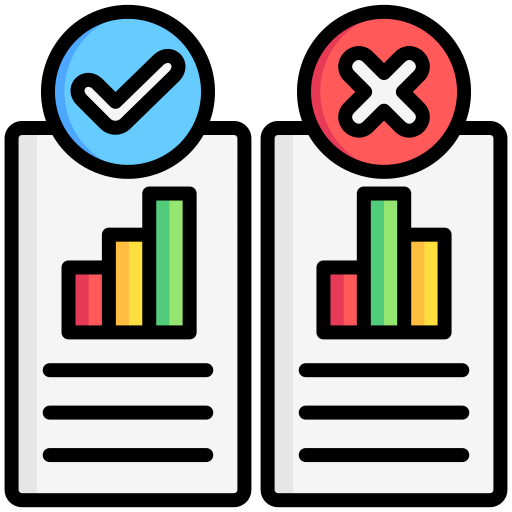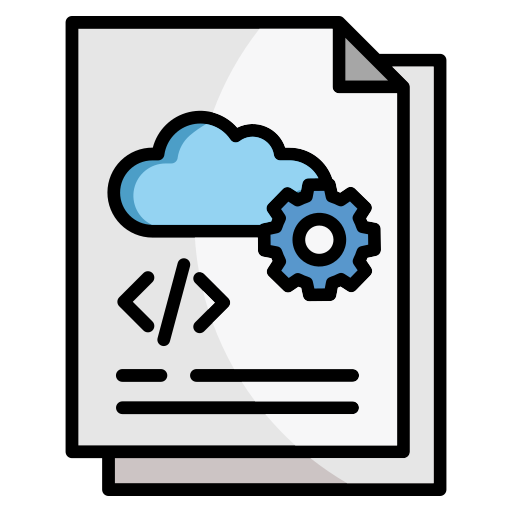
Performance Testing
Performance testing is a type of software testing that focuses on how a system or application behaves under various conditions, especially under high load or stress. The main objective of performance testing is to identify and eliminate performance bottlenecks in the software application, ensuring that it meets performance requirements and delivers a positive user experience, even under heavy traffic.
Performance testing encompasses various aspects like speed, scalability, reliability, and resource usage of an application. It helps ensure that applications are stable and responsive under expected and peak conditions.
Types of Performance Testing

Load Testing
- Purpose: Validates the system's performance under normal and peak load conditions. It involves simulating a specific number of concurrent users or requests to check how well the system handles them.
- Objective: Determine the system’s ability to handle expected user traffic without degrading performance.

Stress Testing
- Purpose: Tests the application’s behavior under extreme load or stress conditions. This type of testing pushes the system beyond its capacity to determine how it responds to overload.
- Objective: Identify breaking points, assess system stability, and evaluate recovery mechanisms.

Scalability Testing
- Purpose: Evaluates how well the system can scale when the load increases. This testing checks the application’s ability to handle growth in terms of user count, data volume, or transaction rates.
- Objective: Ensure the system can scale horizontally (add more machines) or vertically (enhance server capabilities) without performance degradation.

Volume Testing
- Purpose: Assesses how the system handles large volumes of data. This is often used to test database performance and ensures that the application can manage large datasets without compromising performance.
- Objective: : Determine if the application can efficiently handle massive amounts of data without experiencing performance issues.

Endurance Testing (Soak Testing)
- Purpose: Tests the system’s ability to handle a significant load over an extended period. It’s designed to check for memory leaks, resource consumption, and other performance degradation issues over time.
- Objective: Verify if the system remains stable and performs well under continuous usage over time.

Spike Testing
- Purpose: Measures the system's performance when there is a sudden spike in the number of users or requests. It helps to simulate rapid traffic increases and check how the application reacts.
- Objective: Identify how well the system handles sudden traffic bursts and whether it can return to normal performance levels after a spike.

Configuration Testing
- Purpose: Tests the application's performance under different configurations, such as hardware, software, and network settings.
- Objective: Determine the best configuration that supports the system's optimal performance.






